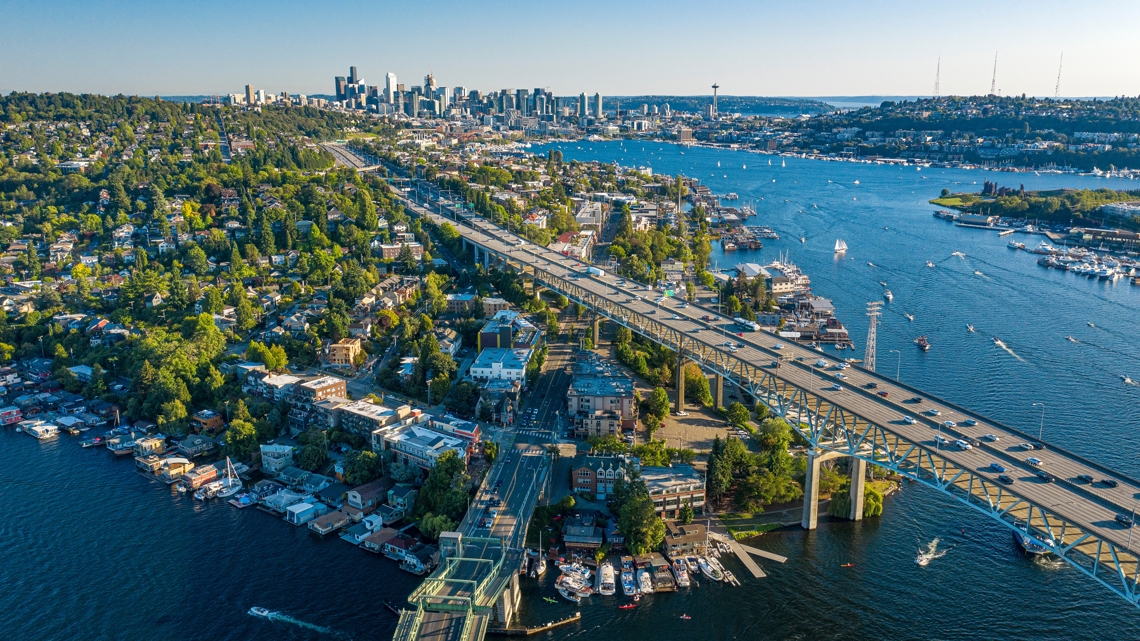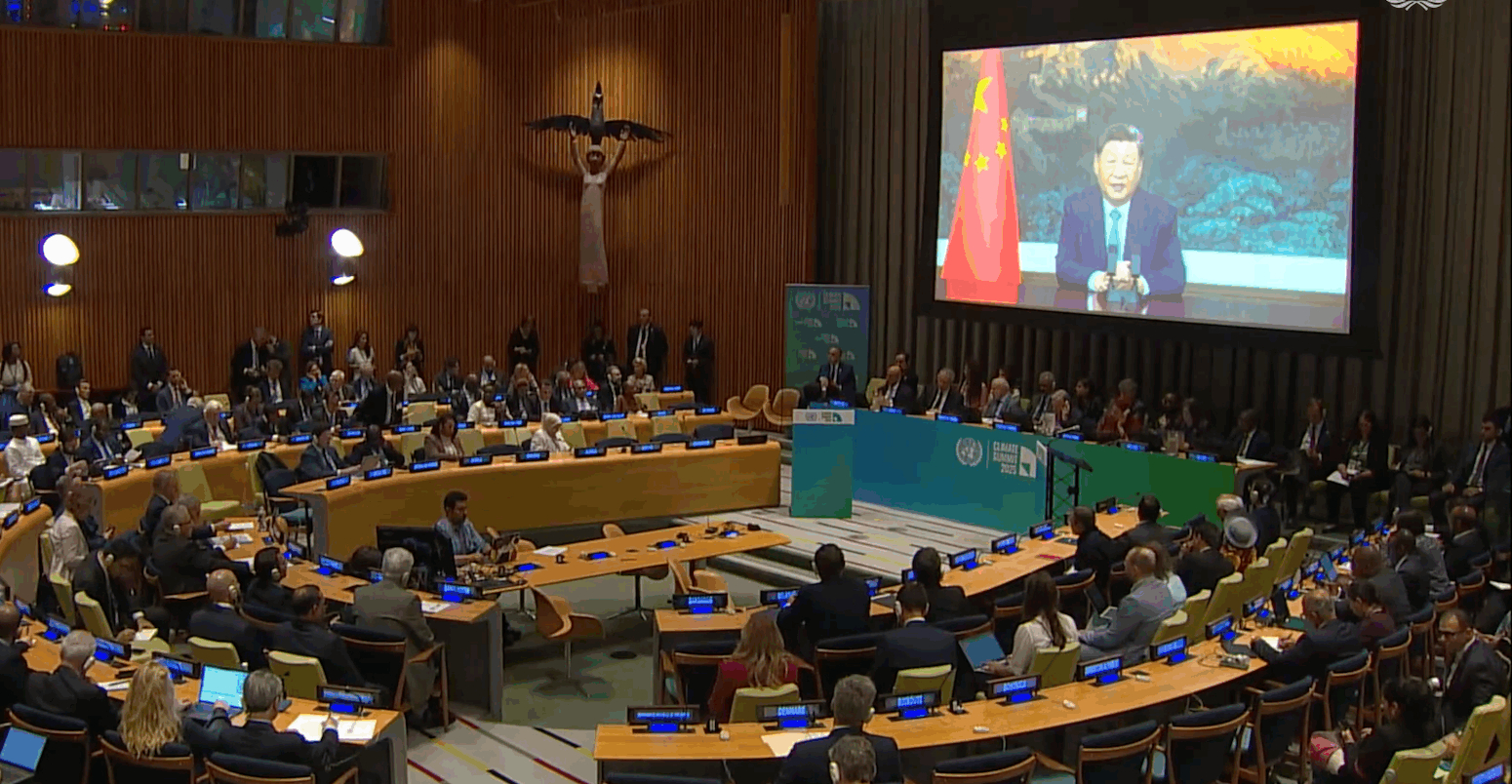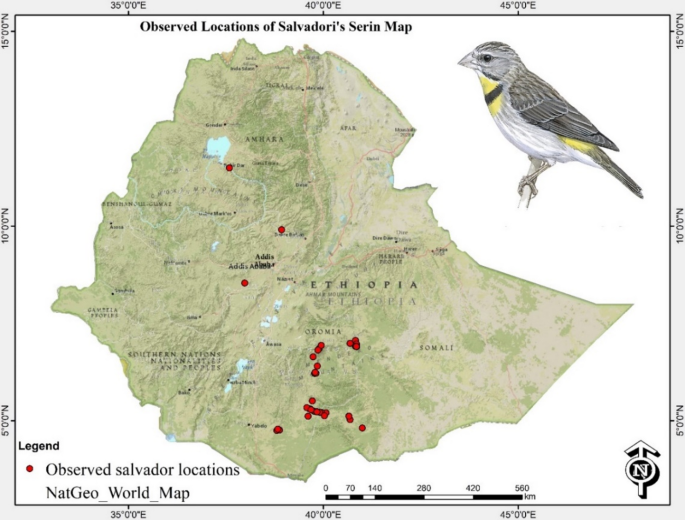King County Strategic Climate Action Plan: A Framework for Achieving Sustainable Development Goals
1.0 Executive Summary
The King County Council has formally adopted an updated Strategic Climate Action Plan (SCAP), codifying a comprehensive strategy to address climate change through measurable, equity-focused initiatives. This report outlines the plan’s key objectives and analyzes their direct alignment with the United Nations Sustainable Development Goals (SDGs), particularly in the areas of climate action, sustainable infrastructure, clean energy, and environmental protection.
2.0 Primary Climate Action Objectives (SDG 13)
The SCAP establishes a clear roadmap for climate mitigation and adaptation, directly contributing to SDG 13: Climate Action. The plan’s primary commitments are designed to integrate climate resilience into all county policies and operations.
- County Operations Target: Achieve net-zero greenhouse gas emissions by 2030.
- Community-Wide Target: Attain full carbon neutrality across the community by 2050.
- Accountability Framework: Mandates annual progress reporting from all departments to ensure transparency and adherence to targets.
3.0 Advancements in Sustainable Cities and Infrastructure (SDGs 7, 9, 11)
The plan details significant investments in sustainable infrastructure and transportation, which are critical for achieving SDG 11 (Sustainable Cities and Communities), SDG 7 (Affordable and Clean Energy), and SDG 9 (Industry, Innovation, and Infrastructure).
- Clean Public Transportation: Metro Transit reaffirms its commitment to a 100% zero-emission bus fleet by 2035, promoting clean energy in public services.
- Green Building Standards: All new county buildings are required to achieve premier environmental certifications, such as LEED Platinum or Zero-Carbon status.
- Resilient Public Works: Beginning in 2026, all Parks projects must comply with enhanced green-building and Salmon-Safe standards, fostering resilient and sustainable community infrastructure.
4.0 Natural Resource Management and Ecosystem Protection (SDGs 12, 14, 15)
A core component of the SCAP is the sustainable management of natural resources, aligning with goals for responsible consumption and biodiversity protection.
- Responsible Operations (SDG 12): The Department of Natural Resources and Parks, including its Solid Waste and Water Treatment divisions, is mandated to achieve carbon-neutral operations without relying on the purchase of carbon offsets.
- Ecosystem Conservation (SDG 14 & SDG 15): The implementation of Salmon-Safe standards for parks projects demonstrates a direct commitment to protecting aquatic ecosystems (SDG 14: Life Below Water) and terrestrial biodiversity (SDG 15: Life on Land).
SDGs Addressed in the Article
SDG 13: Climate Action
- The article is centered around King County’s “Strategic Climate Action Plan,” which directly addresses the urgency of the climate crisis. The plan’s purpose is to “address our greenhouse gas emissions while also preparing for the impacts of climate change,” which is the core mission of SDG 13.
SDG 11: Sustainable Cities and Communities
- The plan includes specific goals for urban infrastructure and services. The commitment to a “fully zero-emission bus fleet by 2035” relates to sustainable transport. Additionally, the requirement for new county buildings to meet “LEED Platinum or Zero-Carbon” standards and for parks projects to meet “stricter green-building” standards contributes to making cities more sustainable and resilient.
SDG 7: Affordable and Clean Energy
- The transition to “100% zero-emission buses” and achieving “net-zero operations” implies a significant shift towards clean energy sources and improved energy efficiency. The green building standards also directly support the goal of using energy more efficiently.
SDG 12: Responsible Consumption and Production
- The article mentions that the Department of Natural Resources and Parks, including its “Solid Waste and Water Treatment” divisions, will work towards carbon-neutral operations. This focus on waste management and sustainable operational practices aligns with the principles of responsible consumption and production.
Specific SDG Targets Identified
Targets under SDG 13 (Climate Action)
- Target 13.2: Integrate climate change measures into national policies, strategies and planning.
- The article describes the approval of a “Strategic Climate Action Plan” that “sets equity, accountability and measurable emissions goals directly into law.” This is a clear example of integrating climate measures into local government policy and strategy.
Targets under SDG 11 (Sustainable Cities and Communities)
- Target 11.2: By 2030, provide access to safe, affordable, accessible and sustainable transport systems for all.
- The plan’s goal for Metro Transit to have a “fully zero-emission bus fleet by 2035” is a direct action towards creating a sustainable public transport system.
- Target 11.6: By 2030, reduce the adverse per capita environmental impact of cities, including by paying special attention to air quality and municipal and other waste management.
- The focus on zero-emission buses will improve air quality. The requirement for new buildings to be “Zero-Carbon” and the involvement of the “Solid Waste” division address the environmental impact of the city’s infrastructure and waste.
Targets under SDG 7 (Affordable and Clean Energy)
- Target 7.3: By 2030, double the global rate of improvement in energy efficiency.
- The mandate for new county buildings to achieve “top-tier certifications such as LEED Platinum or Zero-Carbon” is a specific strategy to improve energy efficiency in infrastructure.
Indicators for Measuring Progress
Implied Indicators in the Article
- Indicator for Target 13.2: The existence and implementation of the “Strategic Climate Action Plan” itself serves as an indicator. The article also mentions a mechanism for tracking progress: the requirement for “annual progress reporting to ensure transparency.”
- Indicator for Target 11.2: A clear quantitative indicator is mentioned: the percentage of the public transport bus fleet that is zero-emission. The goal is “100% zero-emission buses by 2035.”
- Indicator for Target 11.6 / 7.3: The number or proportion of new public buildings that achieve “LEED Platinum or Zero-Carbon” certification. This is a measurable outcome of the green building policy mentioned.
- Overall Climate Action Indicator: The level of greenhouse gas emissions. The article provides specific, measurable targets that can be tracked: “net-zero operations by 2030” and “communitywide carbon neutrality by 2050.”
Summary of SDGs, Targets, and Indicators
| SDGs | Targets | Indicators |
|---|---|---|
| SDG 13: Climate Action | 13.2: Integrate climate change measures into policies, strategies and planning. |
|
| SDG 11: Sustainable Cities and Communities |
11.2: Provide access to sustainable transport systems.
11.6: Reduce the adverse per capita environmental impact of cities. |
|
| SDG 7: Affordable and Clean Energy | 7.3: Double the rate of improvement in energy efficiency. |
|
| SDG 12: Responsible Consumption and Production | Implied connection to waste reduction and sustainable practices. |
|
Source: king5.com







